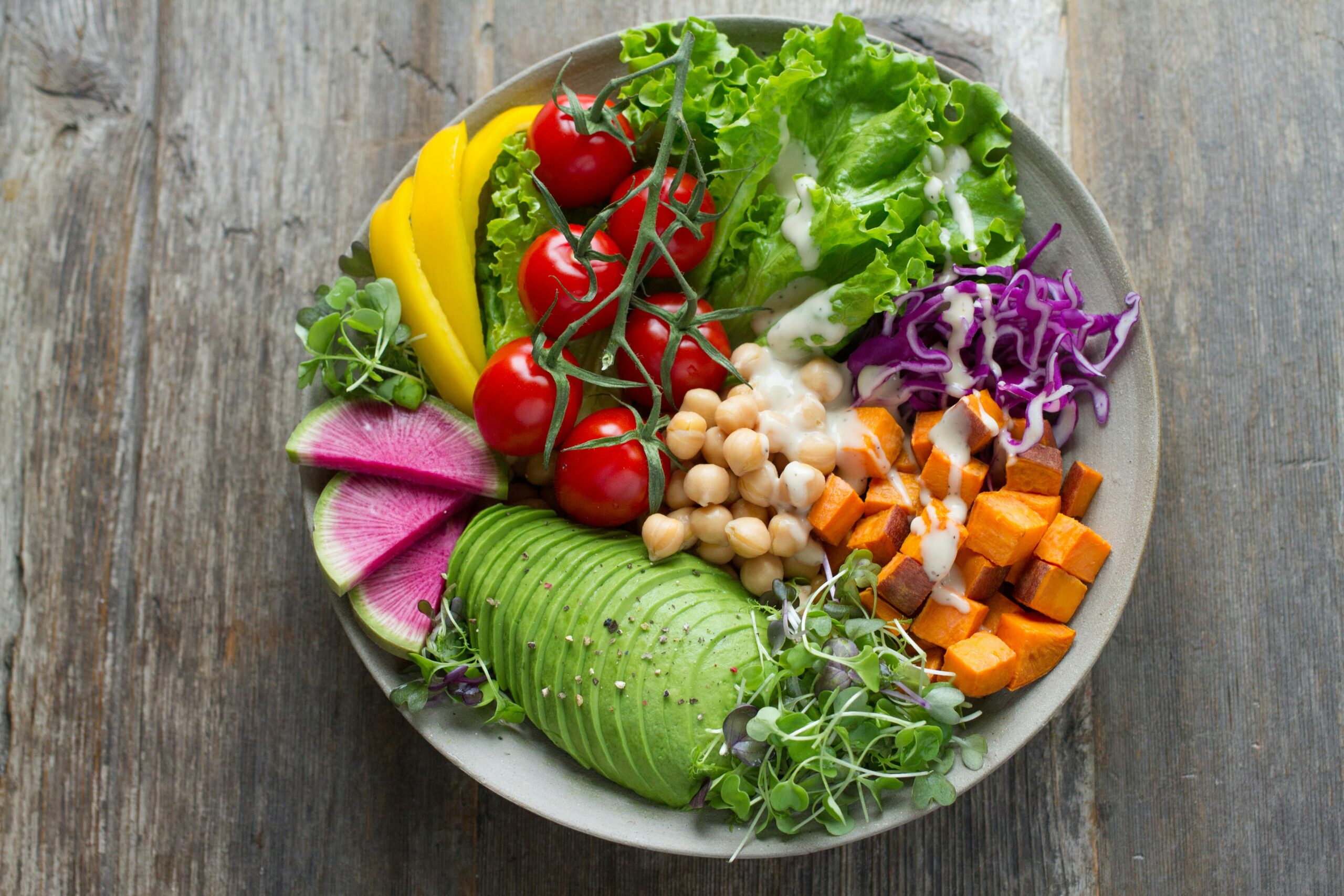Understanding Healthy Eating
Healthy eating is a multifaceted concept that encompasses a balanced diet, which is crucial for maintaining overall well-being. At its core, a balanced diet includes a variety of food groups, each playing a vital role in providing essential nutrients. These food groups include fruits, vegetables, whole grains, protein sources such as legumes, fish, and poultry, and healthy fats from nuts and seeds. Each group contributes to an individual’s nutrient intake and supports bodily functions.
The nutritional value of foods varies significantly; thus, understanding these differences is fundamental for making informed dietary choices. For instance, fruits and vegetables are rich in vitamins, minerals, and fiber, which are integral to preventive health and disease management. Whole grains contribute essential carbohydrates and can aid in digestion, while protein is pivotal for muscle repair and immune functions. Healthy fats, despite the common misconception that they should be avoided, are necessary for maintaining heart health and absorbing fat-soluble vitamins.
Adopting healthier eating habits can lead to numerous benefits beyond simply weight management. Evidence suggests that nutritious diets can reduce the risk of chronic diseases such as diabetes, heart disease, and certain types of cancer. Additionally, a balanced diet can enhance mental health, lead to improved mood and cognitive function, and provide sustained energy levels. It’s important to address and dispel common misconceptions about healthy eating, such as the belief that certain food groups must be entirely eliminated. A successful approach to healthy eating should involve moderation and variety rather than stringent restrictions.
Navigating the nutrition landscape can indeed be challenging, given the abundance of conflicting information available. Therefore, seeking credible resources and understanding personal dietary needs is essential for fostering long-lasting healthy eating habits.
Creative Meal Ideas for a Healthy Diet
Adopting healthy eating habits can be both enjoyable and rewarding, especially when incorporating creative meal ideas that prioritize whole foods, lean proteins, healthy fats, and an abundance of fruits and vegetables. Start your day with a nutritious breakfast featuring a smoothie bowl. Blend a banana, a handful of spinach, and unsweetened almond milk, then top it with sliced strawberries, chia seeds, and a sprinkle of granola. This delightful combination not only energizes your morning but also ensures you are nourished with essential vitamins and minerals.
For lunch, consider preparing a vibrant quinoa salad. Combine cooked quinoa with diced cucumbers, cherry tomatoes, bell peppers, and a handful of black beans. Drizzle with a simple dressing of olive oil, lemon juice, salt, and pepper. This meal is not only rich in fiber but also provides a balanced source of protein and healthy fats, allowing for satisfying and guilt-free eating.
As the day progresses, dinner can be both hearty and wholesome with a baked salmon dish. Season oven-baked salmon fillets with herbs such as dill or parsley, serve alongside steamed broccoli and a sweet potato mash. This fulfilling meal captures the essence of healthy eating by combining lean protein with nutrient-rich vegetables.
Lastly, make snacking a deliciously healthy habit by preparing roasted chickpeas. Toss canned chickpeas with olive oil, garlic powder, and a pinch of paprika, then roast until crispy. These snacks not only satisfy cravings without sacrificing health but also provide a great source of plant-based protein. By integrating these creative meal ideas into your diet, you can transform your relationship with food and cultivate sustainable eating habits that contribute to overall well-being.
Incorporating Healthy Snacks into Your Day
Incorporating healthy snacks into your daily routine can significantly enhance your overall dietary habits. Healthy snacking serves as an effective strategy for managing hunger between meals while providing essential nutrients that contribute to better health outcomes. By choosing wholesome options such as fruits, nuts, and whole grains, you not only satisfy your cravings but also support your body’s nutritional needs.
When selecting healthy snacks, focus on options that are rich in fiber, protein, and healthy fats. Fruits like apples or bananas are convenient choices that provide natural sugars and vitamins, while nuts offer a satisfying crunch packed with essential nutrients. Whole grain snacks, such as whole grain crackers or popcorn, also serve as great alternatives, delivering sustained energy without the crash that often accompanies sugary snacks. These choices can help maintain stable energy levels throughout the day and prevent overeating during meals.
For those interested in making their own snacks, numerous simple recipes can be both delicious and nutritious. Consider homemade trail mix with a blend of nuts, seeds, and dried fruits or energy balls made from oats, nut butter, and a hint of honey. These snacks can be prepared in batches, making it easier to grab a healthy option on the go. Additionally, trying to incorporate mindful eating practices can make snacking more enjoyable. This means taking the time to truly appreciate the flavors and textures of your food while minimizing distractions.
Avoiding unhealthy temptations requires awareness and planning. Keeping healthy snacks accessible and visible in your kitchen or at your workplace can help combat cravings for less nutritious options. To promote a balanced lifestyle, focus on integrating healthy snacks, ensuring they complement rather than detract from your overall dietary goals. By prioritizing smart snacking choices, you set yourself up for success in maintaining a healthy and satisfying diet.
Making Healthy Choices on a Budget
Maintaining a healthy diet while adhering to a budget is entirely feasible with thoughtful planning and strategic approaches. One of the most effective methods for keeping grocery costs manageable is to create a well-organized meal plan. By outlining meals for the week, shoppers can ensure they purchase only necessary ingredients, thereby reducing impulse buys and minimizing food waste.
When planning meals, it is beneficial to incorporate seasonal produce into the menu. Seasonal fruits and vegetables are typically more affordable and flavorful, making them an excellent choice for healthy eating. Community-supported agriculture (CSA) programs and local farmers’ markets may offer cost-effective options for obtaining fresh produce, while also supporting local businesses.
Another powerful strategy involves bulk purchasing. Many stores offer discounts for buying items in larger quantities, particularly non-perishable goods like grains, legumes, and frozen fruits and vegetables. Cooking in bulk further allows families to prepare large portions, which can then be frozen and consumed later, saving both time and money on future meals.
In addition to shopping wisely, exploring different stores can lead to significant savings. Discount grocery chains and ethnic markets often carry a variety of healthy options at lower prices. Comparing prices across different stores, or utilizing apps that track food costs, can empower consumers to make informed choices that align with their budgetary constraints.
Lastly, avoid pre-packaged meals and snacks, which can be more expensive and less nutritious. Preparing meals from scratch not only promotes healthier eating habits but also allows for better control over ingredients and portion sizes. By dedicating some time to planning, shopping smartly, and cooking efficiently, anyone can successfully maintain healthy eating habits without exceeding their financial means.

